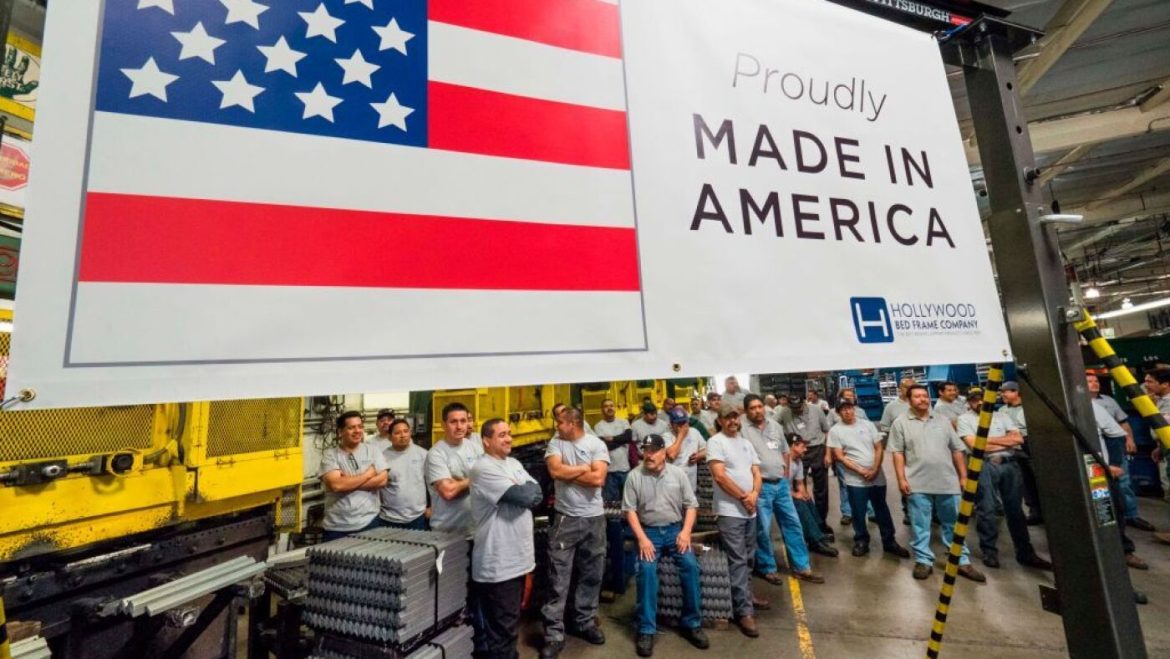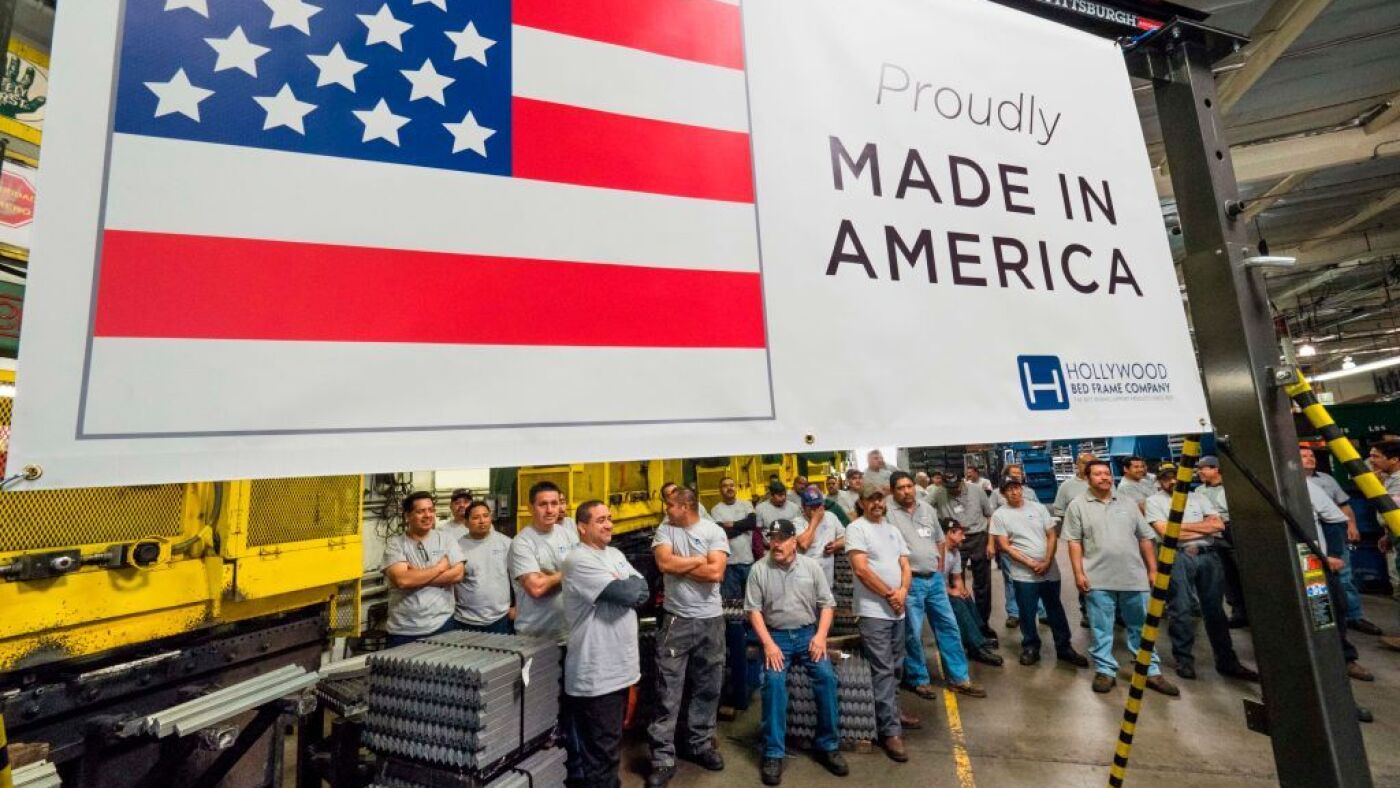The Complex Landscape of Unfilled Manufacturing Jobs in America
The manufacturing sector in the United States faces a significant challenge: a substantial number of available jobs remain unfilled. This paradox, where Americans express a desire for more manufacturing jobs but do not fill the existing ones, warrants a deeper examination.
The Disconnect Between Perception and Reality
Americans often romanticize the idea of manufacturing jobs, envisioning them as stable, well-paying positions that offer a sense of pride and security. However, the reality is far more nuanced. Many Americans hold outdated notions of what manufacturing jobs entail, often picturing grimy, low-skilled labor rather than the high-tech, skilled positions that are prevalent today. This perception gap contributes to the reluctance of many to pursue careers in manufacturing.
The Skills Gap
One of the primary reasons for the unfilled manufacturing jobs is the skills gap. Modern manufacturing requires a diverse set of skills, including knowledge of electrical systems, mechanical systems, logic controllers, hydraulic power, and robotics. These skills are not typically acquired through traditional education paths but rather through specialized training and apprenticeships. The mismatch between the skills required and those possessed by the available workforce is a significant barrier to filling these positions.
The Impact of Automation and Globalization
Automation has significantly transformed the manufacturing landscape, leading to the loss of over 7.2 million jobs by 2021. While automation increases efficiency, it also reduces the need for human labor. Additionally, globalization has led to the offshoring of many manufacturing jobs to countries with lower labor costs. These factors have contributed to the decline in manufacturing jobs, making it challenging to bring them back in significant numbers.
Economic and Policy Factors
Economic policies, such as tariffs, have been implemented with the goal of bringing manufacturing jobs back to the United States. However, these policies often fall short of their intended effects. Tariffs, for instance, can increase the cost of imported goods, making domestic manufacturing more competitive but also potentially leading to higher prices for consumers. Moreover, the reliance on imported raw materials means that many products cannot be manufactured in the U.S. without significant imports, further complicating the reshoring of manufacturing jobs.
The Role of Education and Training
The education system plays a crucial role in addressing the skills gap. Apprenticeships and vocational training programs can help Americans acquire the necessary skills for modern manufacturing jobs. However, there is a need for greater investment in these programs to ensure that the workforce is adequately prepared. Additionally, promoting STEM education and encouraging more students to pursue careers in engineering and technology can help bridge the skills gap.
The Multiplier Effect of Manufacturing
Manufacturing has a significant multiplier effect on the economy. For every job created in manufacturing, an additional 2.2 jobs are generated in other sectors, such as supply chains and local services. This means that failing to fill manufacturing positions does not just impact factories but stifles broader economic growth. Addressing the skills gap and encouraging more Americans to pursue manufacturing careers can have a ripple effect, boosting the economy and creating more job opportunities across various sectors.
The Future of Manufacturing in America
The future of manufacturing in America is at a crossroads. While there is a clear demand for more manufacturing jobs, filling these positions requires addressing the skills gap, updating perceptions of manufacturing, and implementing effective economic policies. Investment in education, training, and apprenticeship programs is essential to ensure that the workforce is equipped with the necessary skills. Additionally, fostering a positive image of manufacturing and highlighting the high-tech, well-paying nature of modern manufacturing jobs can attract more Americans to the sector.
Conclusion: A Call to Action
The challenge of unfilled manufacturing jobs in America is multifaceted, requiring a comprehensive approach that addresses skills gaps, updates perceptions, and implements effective policies. By investing in education and training, promoting STEM education, and fostering a positive image of manufacturing, America can bridge the skills gap and ensure that the manufacturing sector thrives. The future of American manufacturing depends on a collective effort to address these challenges and create a workforce that is ready to meet the demands of a rapidly evolving industry.


